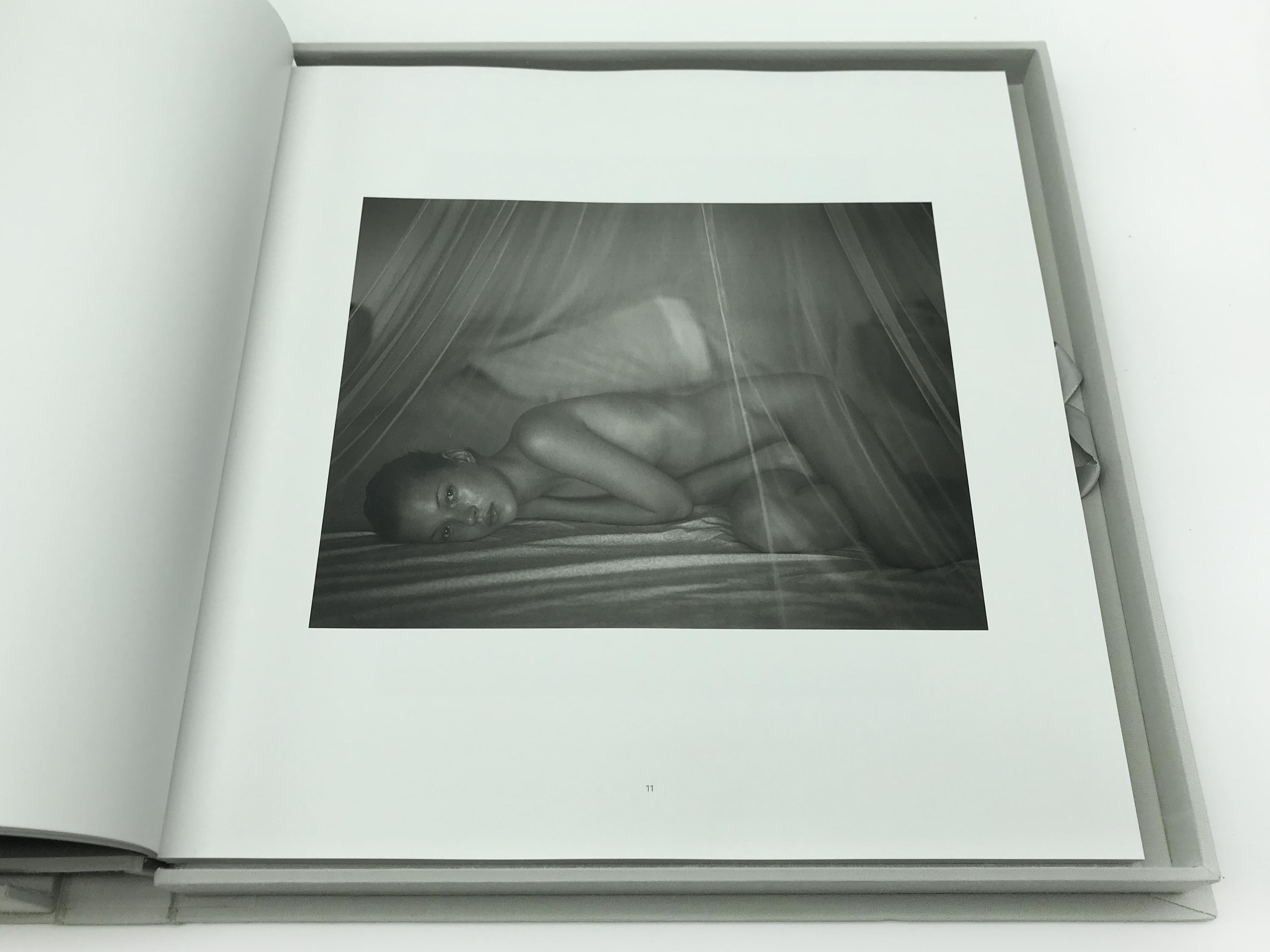
Today, one of its early TV spots looks like a parody of an ‘80s soap opera. Obsession first launched in 1985, and it made Calvin Klein a powerhouse in the women’s fragrance market. “There’s nothing artificial about her there’s nothing fake.” “She is thin but she’s natural” he said of Moss. Klein defended his lineup of waiflike models. In a 1980 spot featuring 15-year old Brooke Shields, she asked the viewer, “Do you know what gets between me and my Calvins?” Of Moss, the designer seemed equally preoccupied with her appearance of youth, saying: “Kate has that quality of child woman thing which touches a nerve.” Moss’s rise to fame also ushered in the fashion world’s fixation on heroin chic, a ‘90s phenomenon that fetishized visible collarbones and sunken eyes. In the ‘80s, Klein reached infamy for his controversial ads. A collection of intimate black-and-white portraits was born. Naturally, the pictures of Moss began to stack up: Moss swimming in a lake, or curled up in a sea of white bedsheets, or topless on the roof of his mother’s house. “There an inherent innocence on my part” he explained to Artsy, “and on Kate’s part about photography and image-making.” He originally intended to be a painter, but discovered in photography an unparalleled medium for making images. They lived like young artists in love-with little money and little to worry about.īehind his Pentax 67, Sorrenti was discovering himself as a photographer. “I remember sitting next to her and feeling like my heart was going to stop,” he wrote about first meeting Moss. In the summer of 1991, the Italian-born Sorrenti met a young blonde from Croydon, in south London, while out on a modeling job. These are the photographs that convinced American designer Calvin Klein that the Sorrenti-Moss duo would help relaunch his fragrance, Obsession-the photographs that launched both their careers. But a new monograph, simply titled Kate, by famed photographer-and her former boyfriend-Mario Sorrenti, shows us 50 never-before-seen pictures from her early days as an aspiring model.

Nearly a dozen books have been published about Moss, which range from glossy photographic tributes to academic dissections of her status as an icon. Gallery exhibitions have analyzed the power of her face, and auction houses have sold pictures of it for millions.

She is her generation’s Twiggy, swinging the fashion pendulum away from curvy models back toward waiflike figures with doe-eyed gazes.


For nearly three decades, Kate Moss has stared down the lenses of every major fashion photographer.


 0 kommentar(er)
0 kommentar(er)
